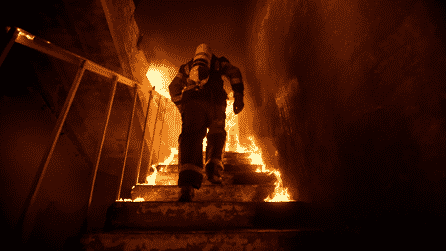Results from the World Mental Health Survey Consortium — conducted across 24 countries — concluded that 70% of people will experience at least one traumatic event in their lifetime, while 30% will experience four or more traumatic events.
In contrast, fire fighters routinely experience a range of potentially traumatic events throughout the course of just one year on the job. Examples include exposure to multi-casualty accidents, natural disasters, chemical or biological exposure, the suicide of a civilian or co-worker, domestic terrorist acts, significant life-threatening events involving children, and witnessing injury or death.
Resilience is often thought of as the ability to bounce back from life’s adversities and to withstand trauma, loss or change without losing oneself.
Given the high rate of traumatic exposure, the inherent dangers of the job, and the toll on family life, fire fighters are an incredibly resilient population.
Why is it that some tend to crumble under pressure and adversity, while others thrive?
What does it take to be resilient, both in the job and in life?
Researchers Steven Southwick and Dennis Charney set out to answer these questions in their 2018 book, “Resilience: The Science of Mastering Life’s Greatest Challenges.” Their research focused on hundreds of interviews with four key groups: Vietnam prisoners of war (POWs), United States military members, Holocaust concentration camp survivors and survivors of personal trauma such as domestic violence or sexual assault.
Southwick and Charney identified 10 key protective factors associated with post-traumatic growth that predict human resilience. In other words, what does a resilient person do differently?
- Confront fear. Resilient people face fears and problems directly rather than avoiding the experience.
- Maintain an optimistic outlook. Resilient people tend to have a “glass-half-full” approach to life. Regardless of what happens, they choose to assume a positive view of other people, the world and the future.
- Seek and accept social support. Resilient people know they cannot do it all alone. Both on and off the job, they seek help from others to get basic needs met.
- Imitate sturdy role models. Resilient people tend to have a role model, someone they respect and admire, who has helped show them the way in work or family life.
- Rely on an inner moral compass. Resilient people tend to have a basic set of moral values that provide a framework for decision making, how to spend time and future goals.
- Embrace spiritual or religious practice. Resilient people tend to believe in something greater than themselves or a higher power. This connection to a higher power can give purpose to life and the inevitable suffering that comes with it.
- Accept what cannot be changed. Instead of ruminating on the past or what is out of their control, resilient people spend their time and energy in areas where they can affect change.
- Attend to health and well-being. Resilient people know they have only one body to take care of, and they care for that body from a physical, mental and spiritual perspective.
- Create meaning and opportunity from adversity. Resilient people tend to reframe a bad experience as an opportunity to learn, grow or improve.
- Accept personal responsibility for emotional well-being. Resilient people understand that, even in the most challenging circumstances, they still have a personal choice to take care of themselves. No one can really take care of you except for you.
Maybe you were not born with an optimistic attitude, never had a role model or feel like you lack a true support system. You are not alone. Cultivating these skills and qualities takes intention and work. This is why members in treatment at the IAFF Center of Excellence participate in daily resiliency training based on the 10 protective factors identified by Southwick and Charney.
Small changes in how you approach problems both on and off shift can make a big difference in your life. Start by acknowledging what resiliency factors you have already mastered — one or two areas where you can give yourself credit. Then identify one new factor to focus on now.
The IAFF Center of Excellence for Behavioral Health Treatment and Recovery is a comprehensive treatment center designed exclusively for IAFF members struggling with addiction, PTSD and other co-occurring mental health problems. Call today for a confidential screening for you or a loved one.
Lauren Kosc, LCPC is a behavioral health specialist, licensed clinician and blog writer for the International Association of Fire Fighters. If you are an IAFF member in recovery and want to share your story, contact lkosc@iaff.org.
Sources:
Benjet, C; et al. “The epidemiology of traumatic event exposure worldwide: results from the World Mental Health Survey Consortium.” Psychological Medicine, October 29, 2015. Accessed October 30, 2019.

